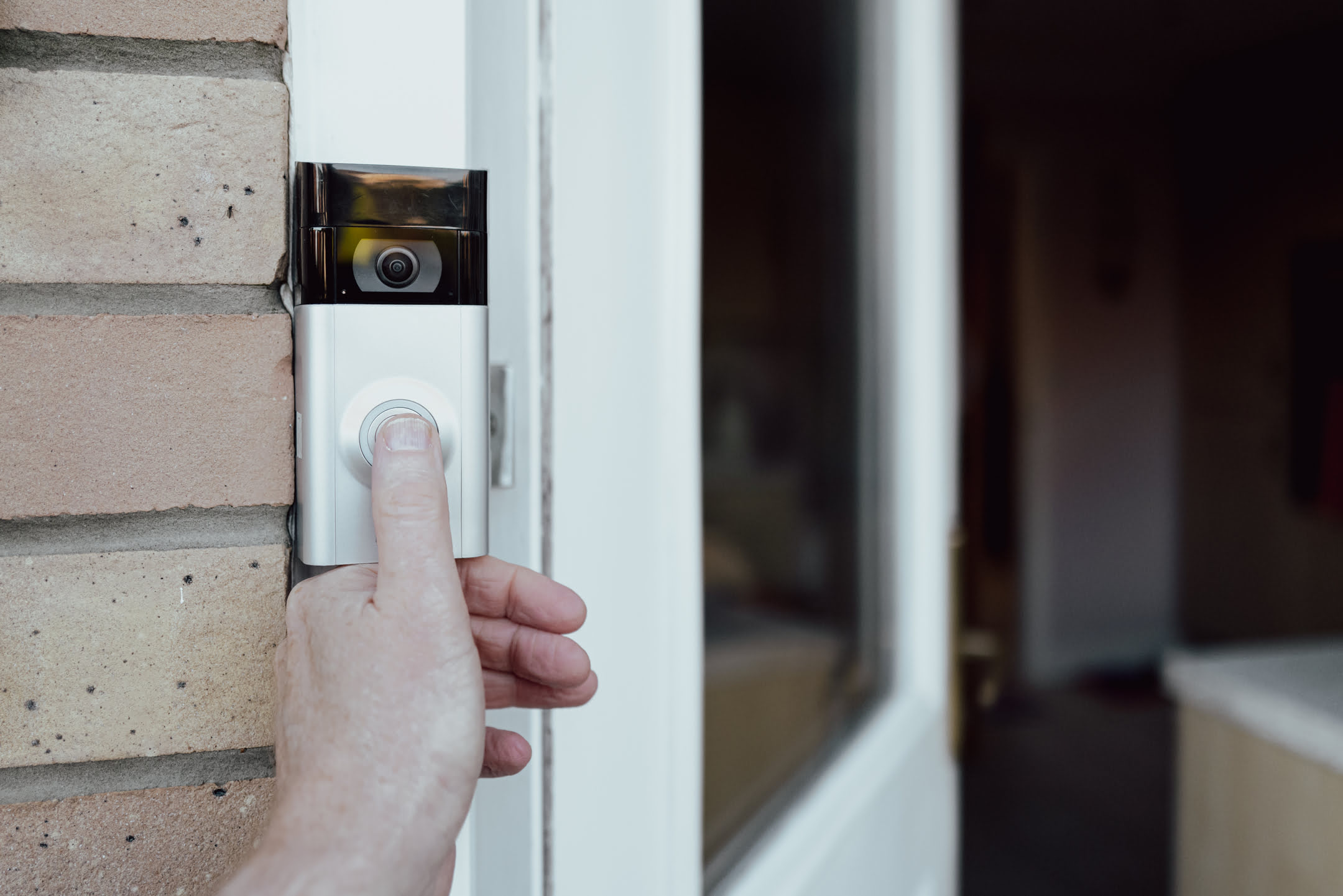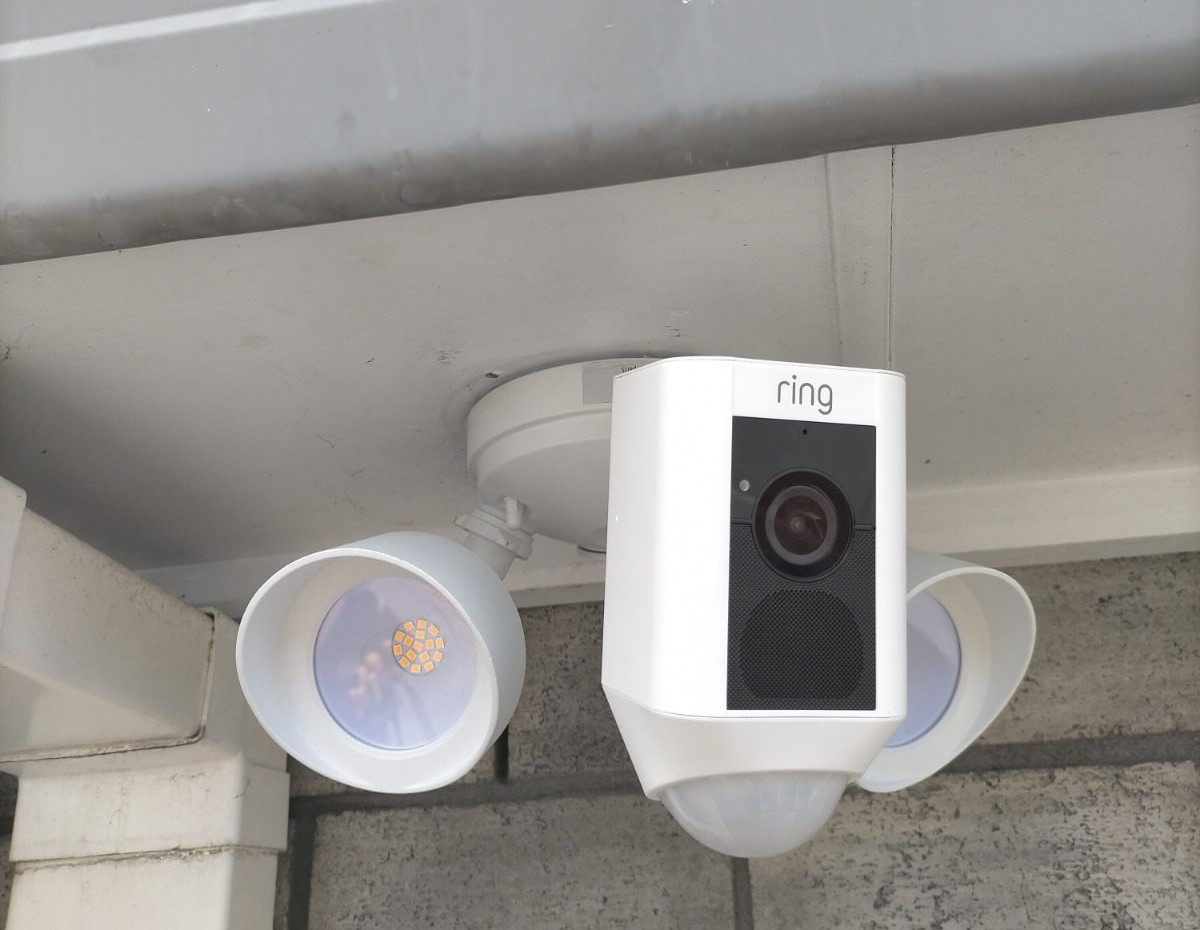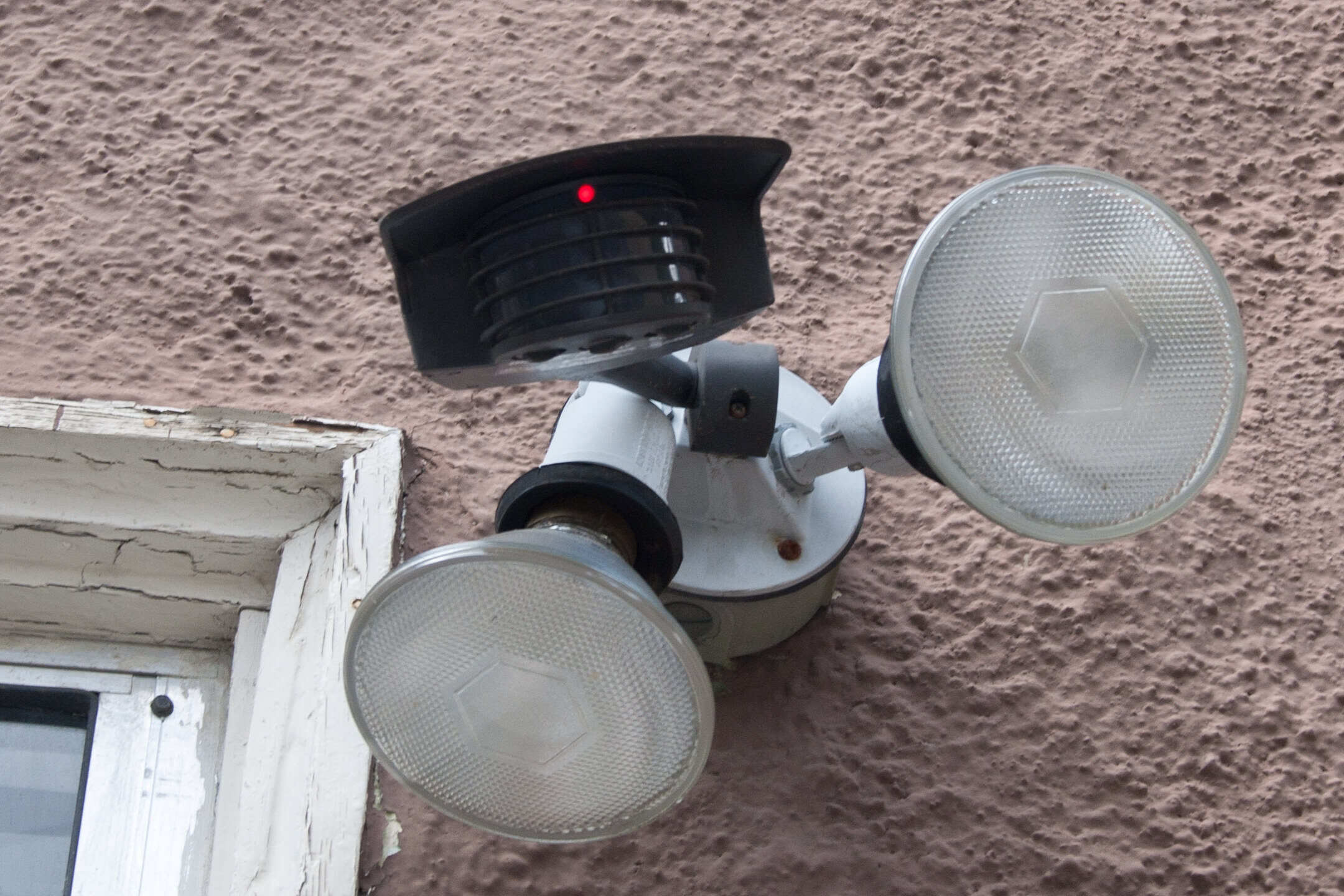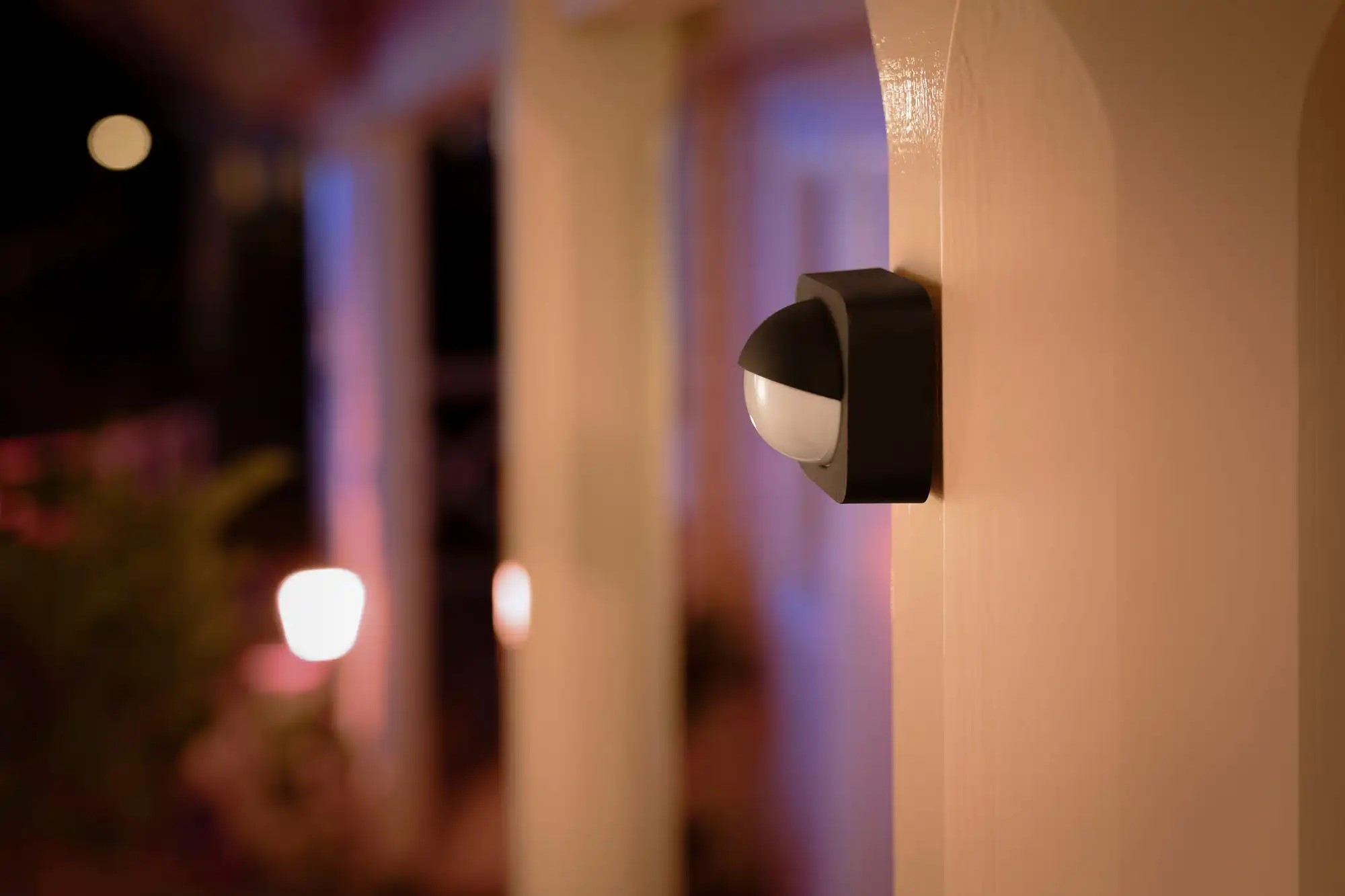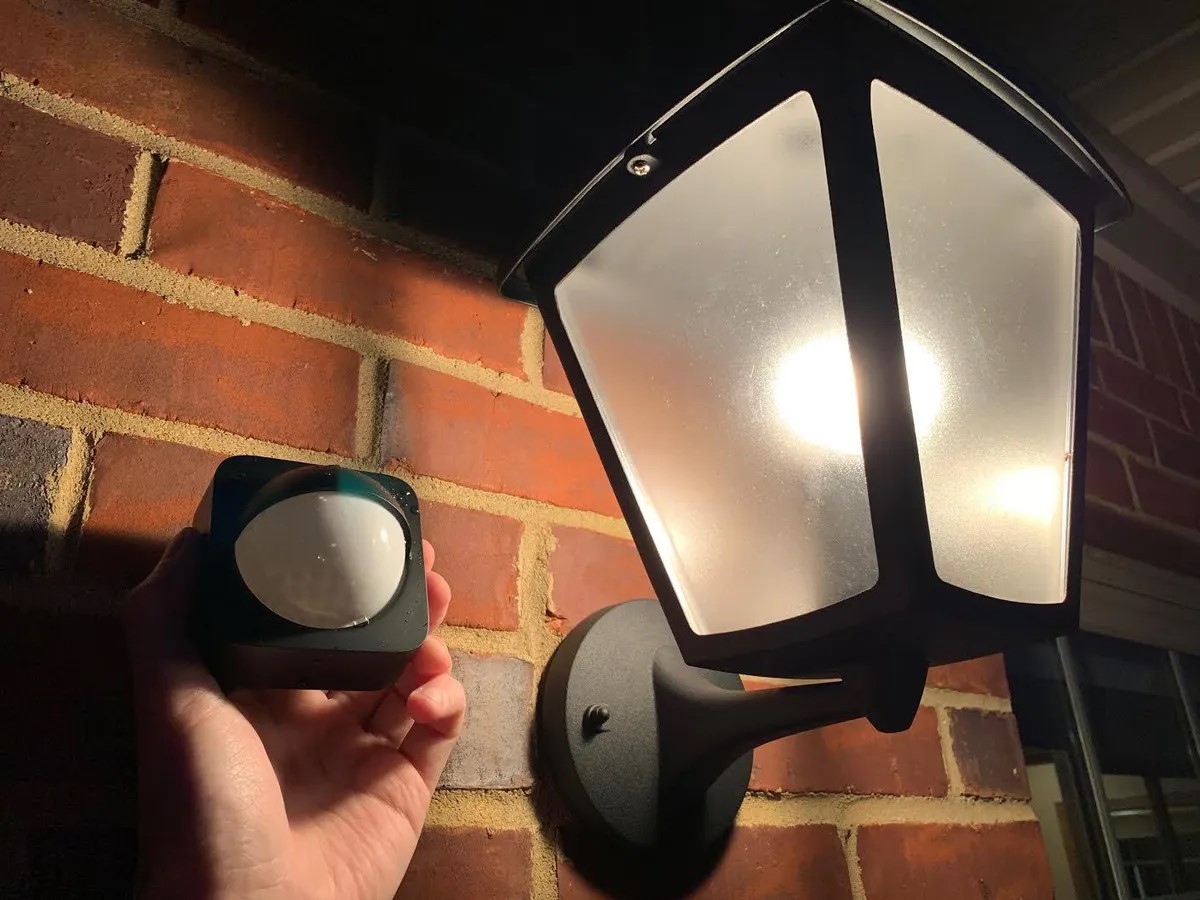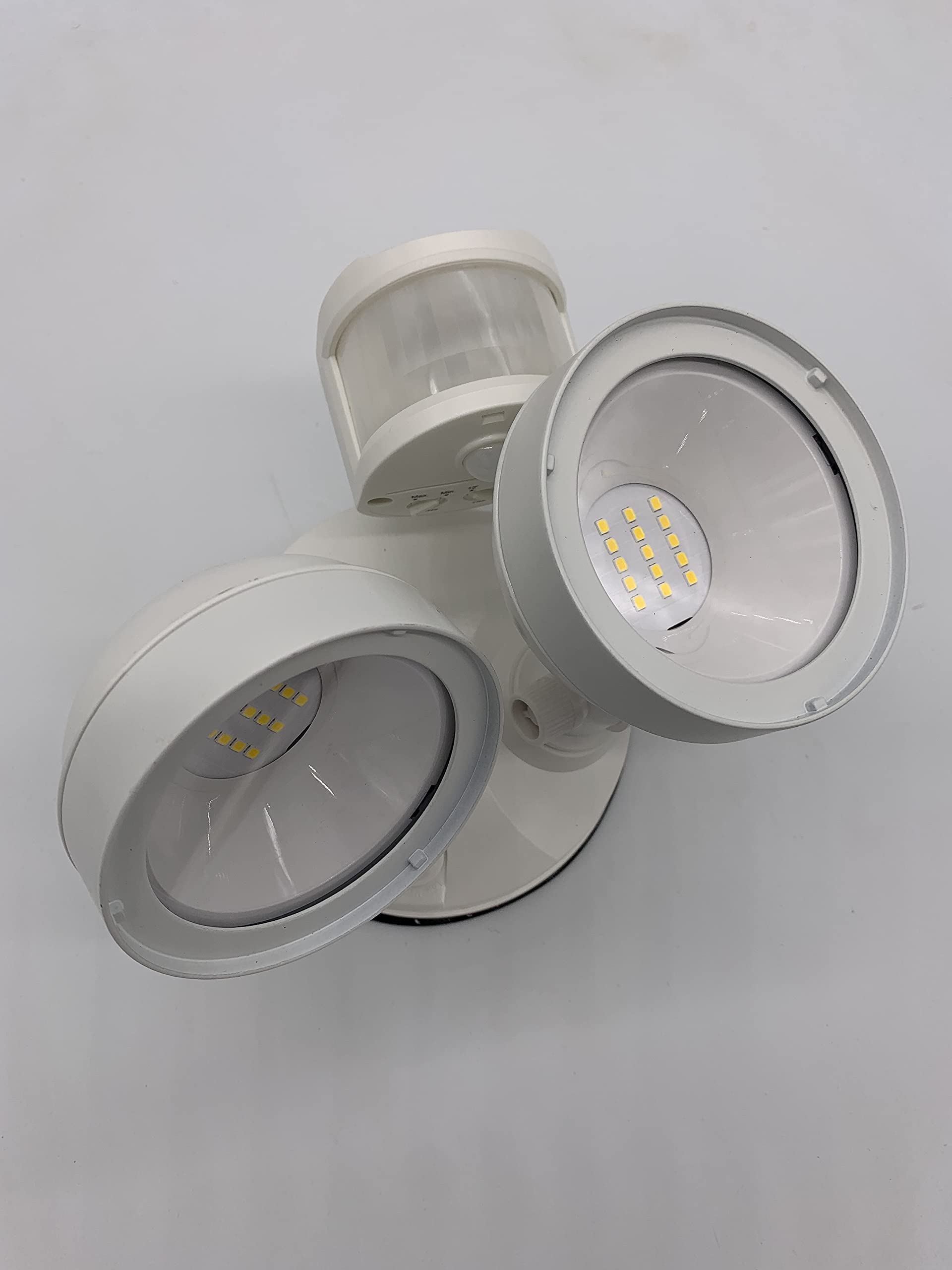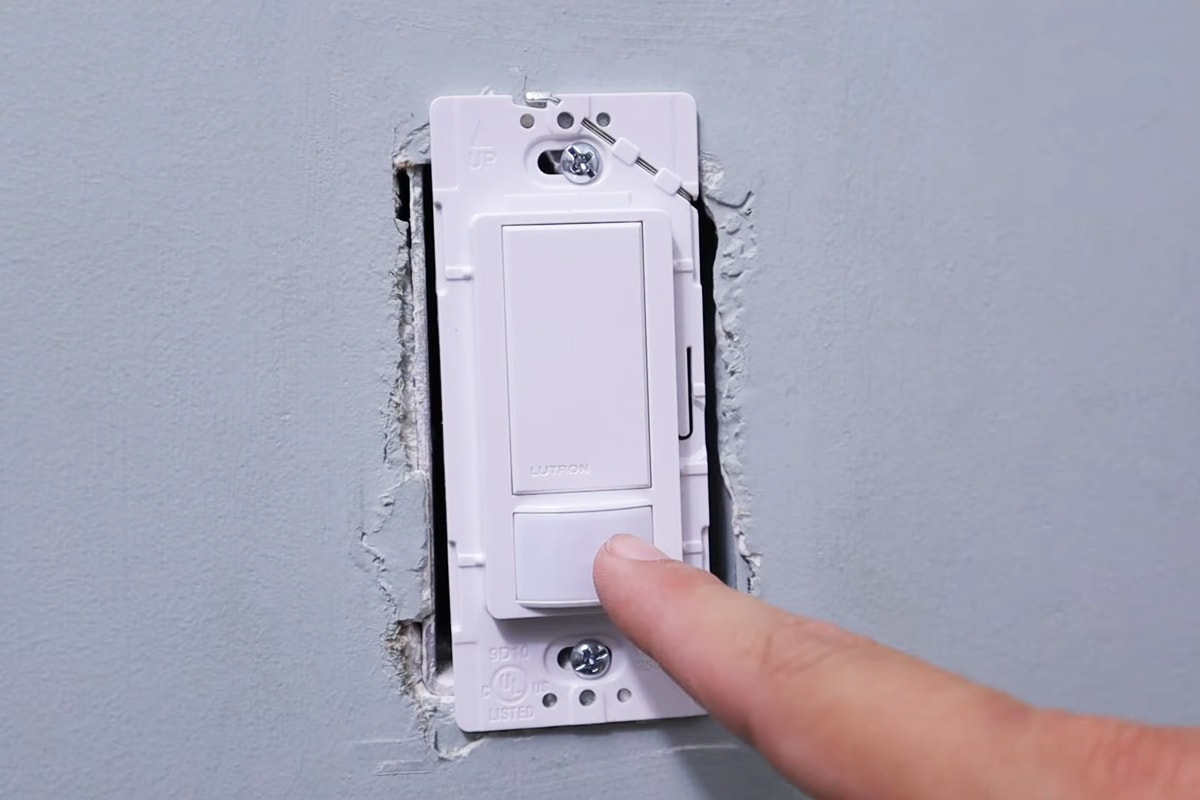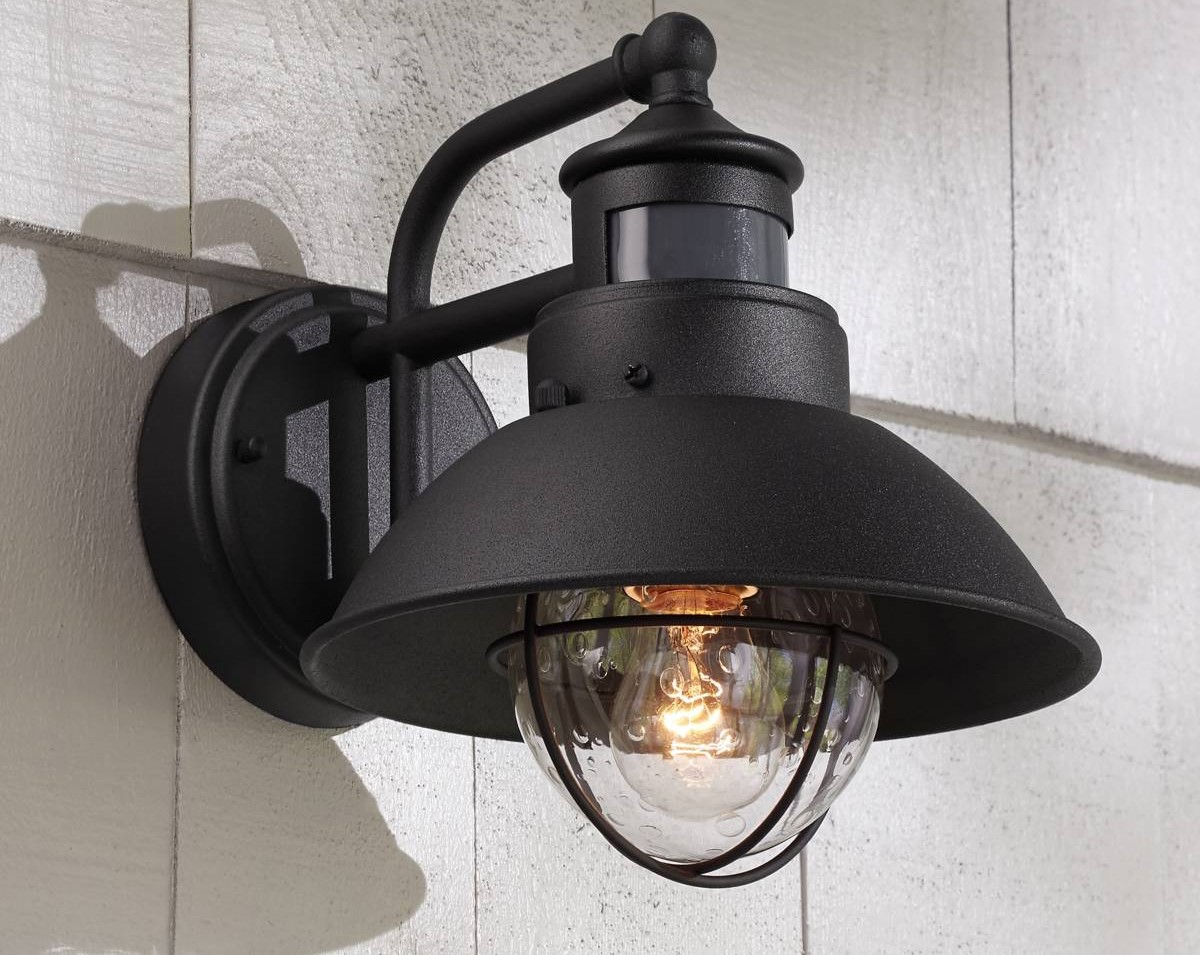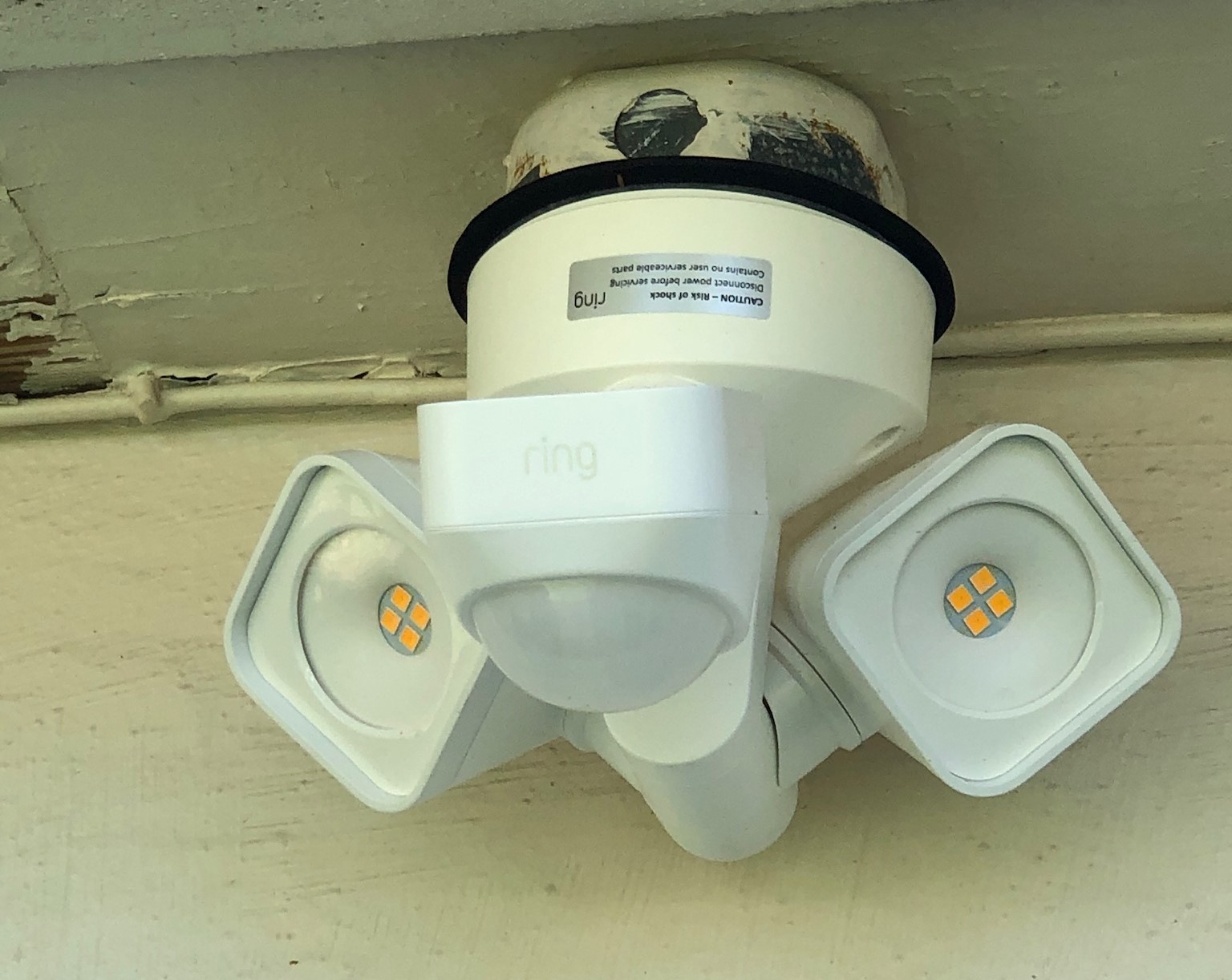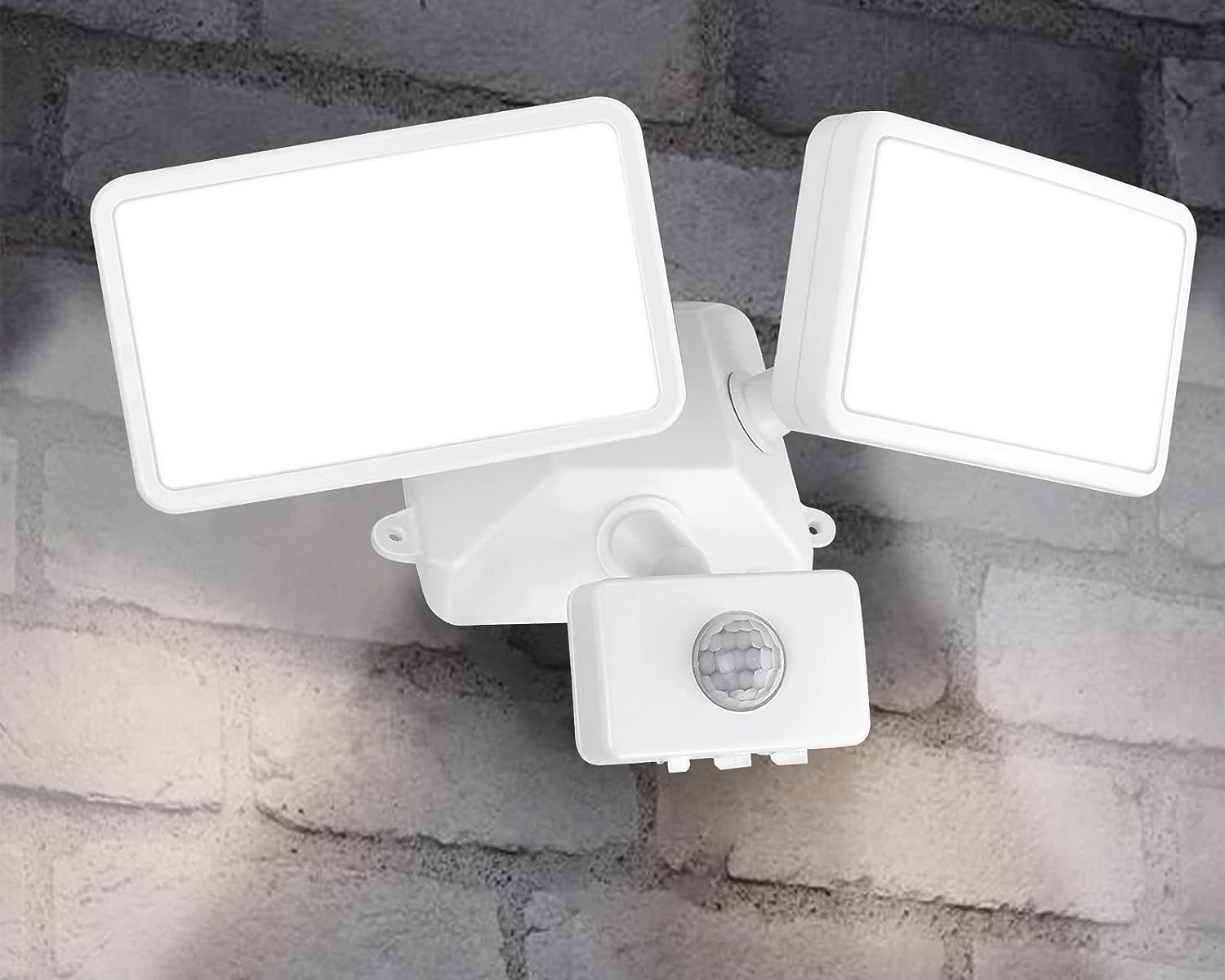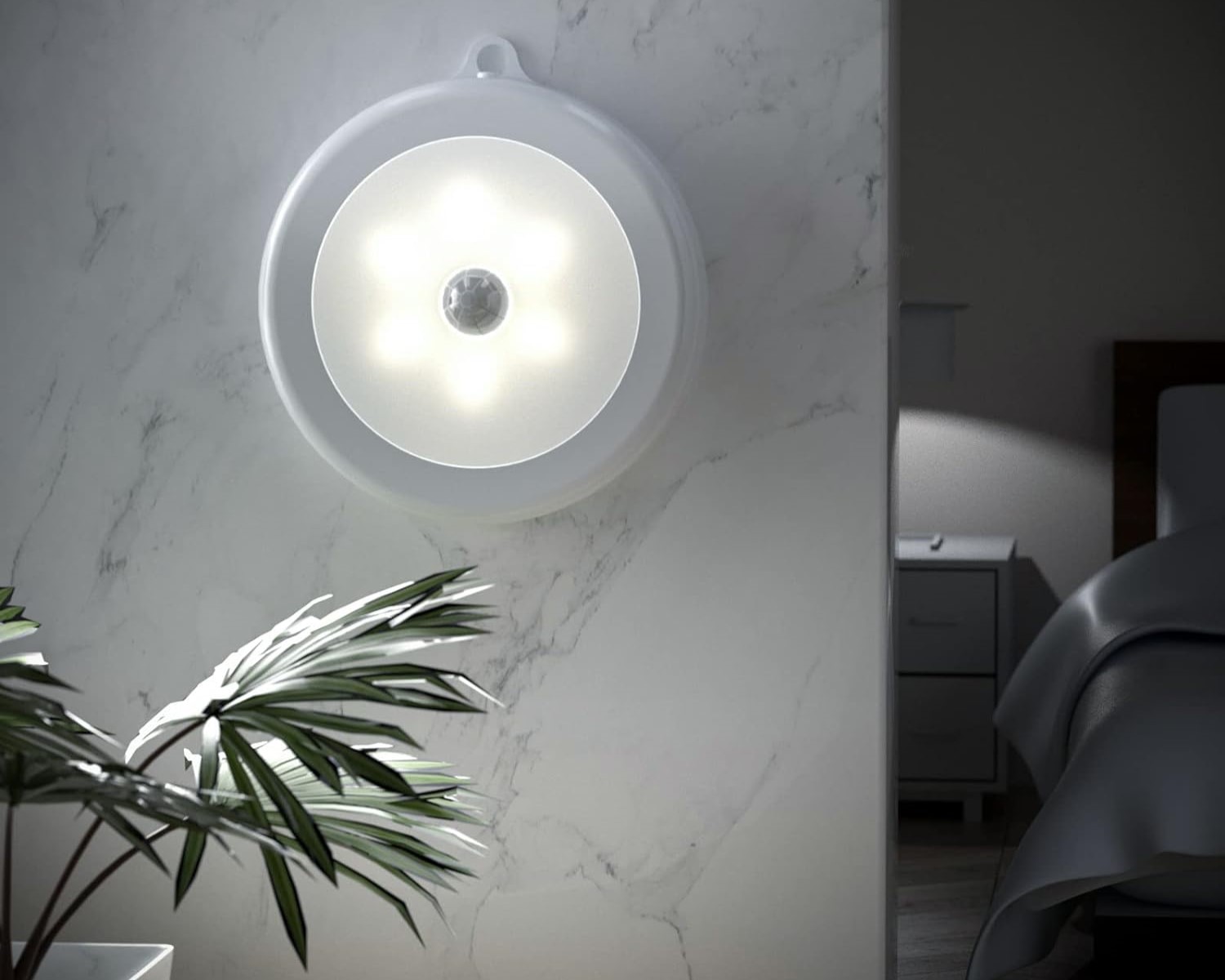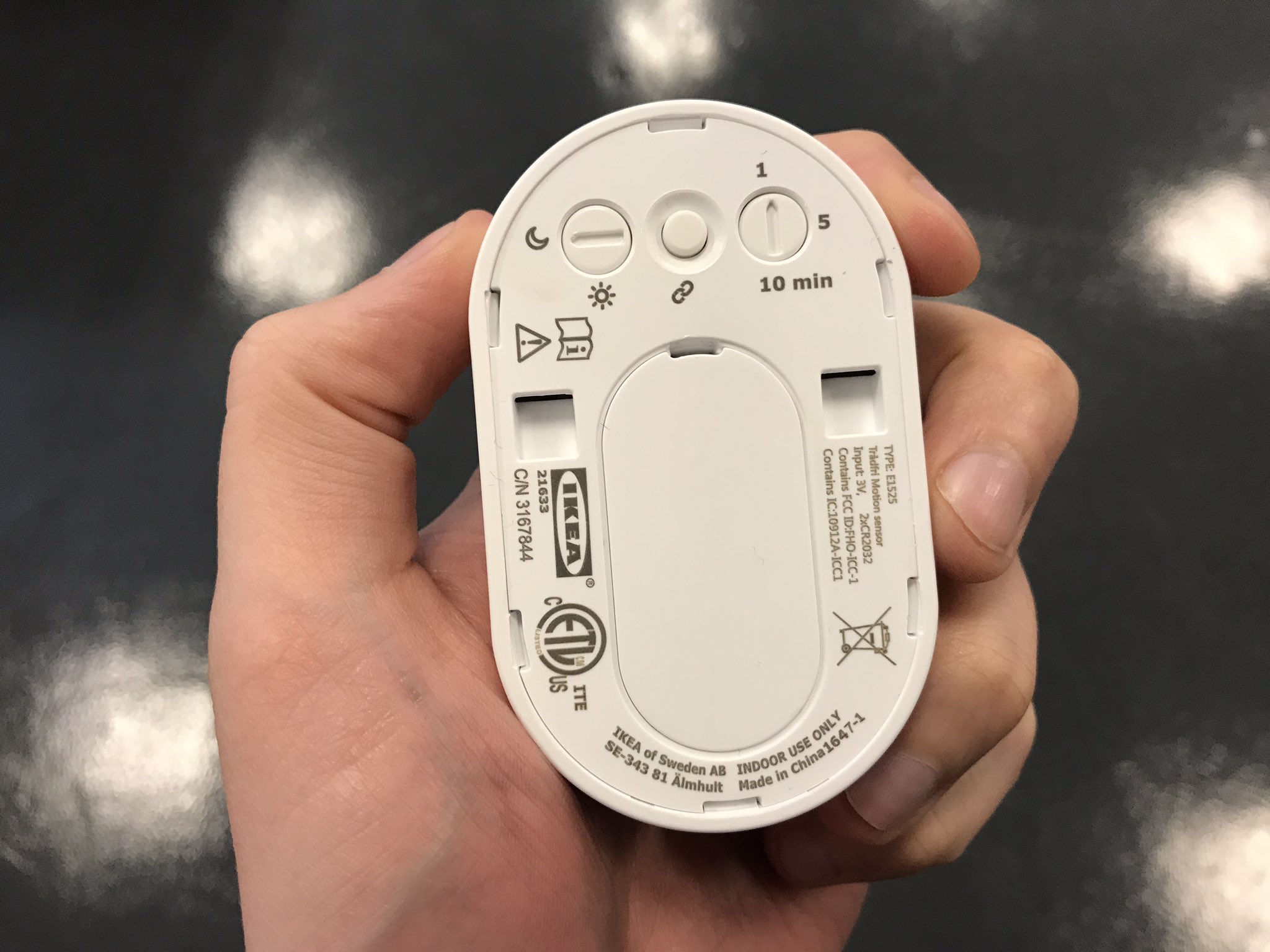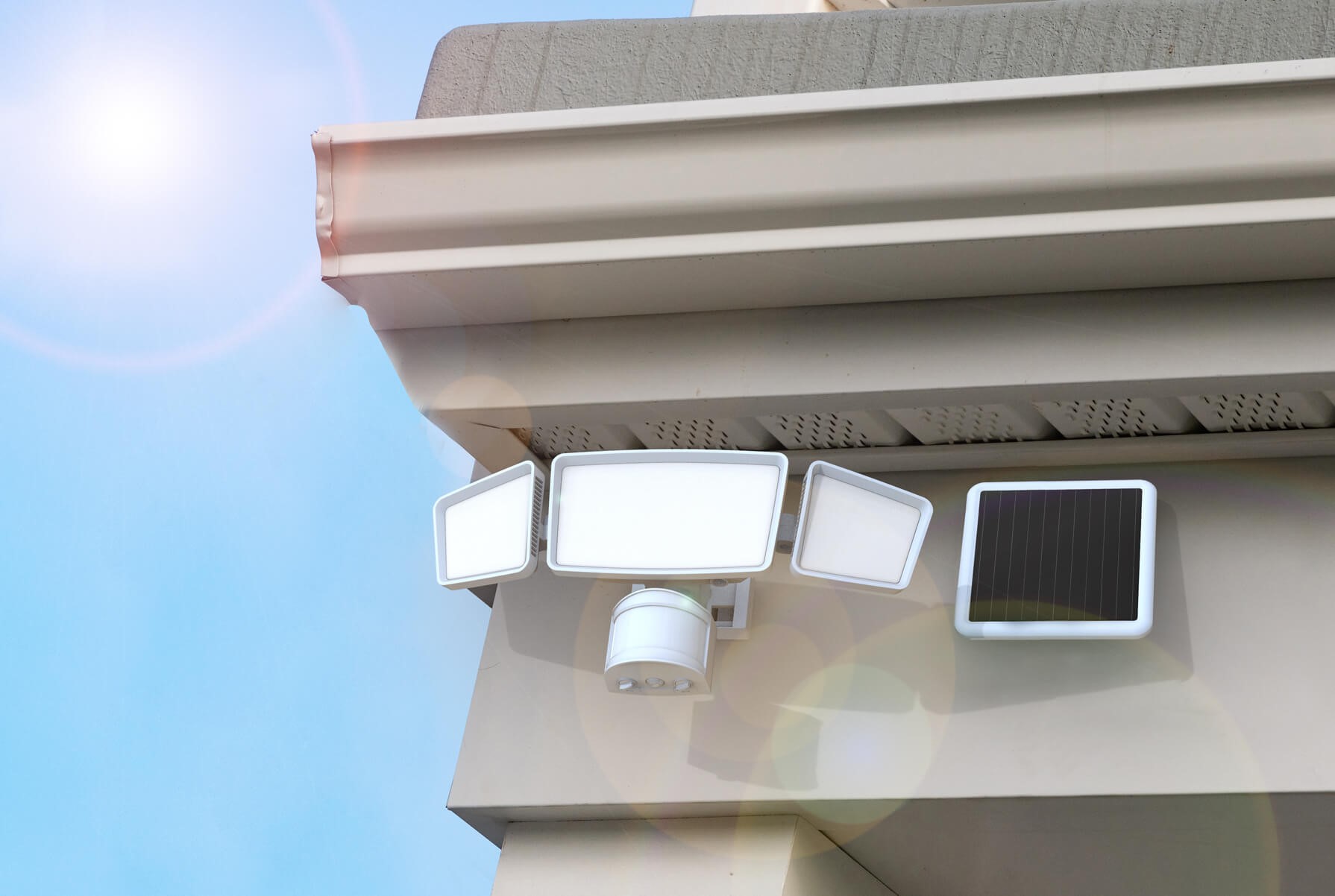Home>Home Security and Surveillance>How To Activate Motion Detector On A Light


Home Security and Surveillance
How To Activate Motion Detector On A Light
Modified: March 6, 2024
Learn how to activate a motion detector on a light for enhanced home security and surveillance. Follow our step-by-step guide for easy installation and increased peace of mind.
(Many of the links in this article redirect to a specific reviewed product. Your purchase of these products through affiliate links helps to generate commission for Storables.com, at no extra cost. Learn more)
Introduction
Welcome to our guide on how to activate the motion detector on a light! When it comes to home security and surveillance, motion detectors play a crucial role in keeping our properties safe. These smart devices can detect movement within their designated range and trigger lights to turn on, alerting homeowners to any potential intrusions. By activating the motion detector on your lights, you can enhance the security of your home and deter potential intruders.
In this article, we will walk you through the process of activating a motion detector on a light and provide you with step-by-step instructions to ensure a successful setup. Whether you’re a DIY enthusiast or a first-time user, this guide will make the installation process easy and straightforward.
Before we dive into the details, let’s first gain a better understanding of motion detectors and the different types available. By familiarizing ourselves with the basics, we can make informed decisions and choose the right motion detector for our needs.
Key Takeaways:
- Motion detectors use infrared or microwave technology to sense movement and trigger lights, enhancing home security. Understanding and testing the detector’s settings are crucial for optimal performance.
- Activating a motion detector on a light involves careful preparation, testing, and installation. Fine-tuning sensitivity, range, and delay time ensures accurate detection and minimizes false alarms.
Understanding Motion Detectors
Motion detectors, also known as motion sensors, are electronic devices designed to detect movement within their designated range. They are commonly used in home security systems to trigger alarms, activate lights, or initiate video surveillance in response to detected motion. Understanding how motion detectors work is crucial in order to effectively activate and utilize them.
Most motion detectors work based on one of two technologies: infrared (PIR) or microwave. PIR motion detectors detect changes in the infrared energy emitted by objects in their field of view. When an individual or object moves within the detection range, it creates a change in the infrared energy pattern, triggering the sensor. Microwave motion detectors, on the other hand, send out continuous microwave signals and measure the reflections that bounce back. Any movement within the detection zone alters these reflected signals and triggers the sensor.
When it comes to residential use, passive infrared (PIR) motion detectors are the most popular choice due to their reliability and cost-effectiveness. These detectors sense human body heat, making them highly accurate in detecting human movement. They are ideal for indoor and outdoor applications, such as monitoring entryways, driveways, and backyards.
In addition to the technology, motion detectors have a few key features that are worth considering. The detection range refers to the area within which the motion detector can sense movement. Depending on the model, this range can vary from a few feet to several hundred feet. The detection pattern determines how the detector detects motion. Some detectors have a narrow angle of view, while others provide a wider coverage area.
Another important feature to consider is the sensitivity level of the motion detector. Higher sensitivity allows the device to detect even subtle movements, but it may also increase the likelihood of false alarms triggered by pets, wildlife, or moving tree branches. Adjustable sensitivity settings are often available to strike the right balance.
Now that we have a good understanding of motion detectors, let’s explore the different types available in the market. By familiarizing ourselves with the options, we can choose the most suitable type to activate on our lights for enhanced home security.
Types of Motion Detectors
When it comes to choosing a motion detector for your home security system, there are several types to consider. Each type has its own advantages and is suited for different applications. Let’s take a closer look at the most common types of motion detectors:
- Passive Infrared (PIR) Motion Detectors: PIR motion detectors are the most commonly used type in residential settings. They detect changes in infrared radiation, specifically human body heat, within their field of view. PIR detectors are highly effective in detecting human movement and are suitable for both indoor and outdoor use. These detectors are typically used in entryways, hallways, and areas where people may pass through.
- Microwave Motion Detectors: Microwave motion detectors emit continuous microwave signals and detect any changes in the reflected signals caused by moving objects. They are more sensitive and have a larger coverage area compared to PIR detectors. Microwave detectors are commonly used in outdoor environments, such as large yards or parking lots, where a broader coverage area is required.
- Dual-Technology Motion Detectors: Dual-technology motion detectors combine PIR and microwave technologies to provide enhanced accuracy and reliability. These detectors require both technologies to be triggered before activating. By requiring confirmation from two independent detection methods, dual-technology detectors reduce the risk of false alarms caused by environmental factors.
- Ultrasonic Motion Detectors: Ultrasonic motion detectors emit high-frequency sound waves and monitor the reflections back. Any changes in the reflected waves caused by movement trigger the detector. Ultrasonic detectors are highly effective in detecting small movements in confined spaces and are commonly used in areas where there may be obstacles or partitions, such as storage rooms or offices.
- Video Motion Detectors: Video motion detectors use specialized cameras and software algorithms to detect movement within their field of view. They analyze the video feed in real-time and trigger an alarm or initiate recordings when motion is detected. Video motion detectors are commonly used in surveillance systems to enhance security and provide visual evidence of activities.
Each type of motion detector has its own strengths and limitations, so it’s important to choose the one that best suits your specific needs and environment. Now that we have a good understanding of motion detector types, let’s move on to the steps involved in activating the motion detector on a light fixture.
Step 1: Preparing the Motion Detector and Light Fixture
Before you can activate the motion detector on your light fixture, you’ll need to ensure that both the motion detector and the light fixture are prepared for installation. Here are the key steps to follow:
- Gather the necessary tools: Before you begin, gather the tools you’ll need for the installation. This may include a screwdriver, wire cutters, wire connectors, and a ladder if the light fixture is installed at a height.
- Turn off the power: Safety is paramount when working with electrical installations. Make sure to turn off the power to the light fixture at the breaker box to avoid any risk of electric shock.
- Remove the existing light fixture: If there is an existing light fixture in place, carefully remove it by unscrewing the mounting screws and disconnecting the electrical wires. Keep track of which wires are connected to ensure proper reconnection later. If necessary, you may need to refer to the manufacturer’s instructions for the specific light fixture model.
- Prepare the motion detector: Depending on the type of motion detector you have, there may be certain preparations required. This can include removing any protective coverings or adjusting sensitivity settings as per the manufacturer’s instructions. Familiarize yourself with the specific requirements of your motion detector before proceeding.
- Inspect the wiring: Take a close look at the wiring in the electrical box to ensure it is in good condition. If there are any damaged or frayed wires, it’s important to replace them before proceeding. This will help prevent any electrical issues or malfunctions down the line.
- Check the compatibility: Before proceeding with the installation, check the compatibility of the motion detector and the light fixture. Make sure they are designed to work together and can be properly connected. If there are any compatibility concerns, consult the manufacturer or seek professional advice.
By properly preparing the motion detector and the light fixture, you are setting a solid foundation for a successful installation. With this step complete, you’re ready to move on to testing the motion detector in the next step.
Step 2: Testing the Motion Detector
Once you have prepared the motion detector and the light fixture, it’s time to test the motion detector to ensure it is functioning correctly. Testing the motion detector before installation will save you time and effort, as any issues can be resolved before mounting it on the light fixture. Here are the steps to follow:
- Position the motion detector: Place the motion detector in a suitable location where it has a clear line of sight and covers the desired area for motion detection. This could be on a wall or a corner of your property. Make sure the detection range and angle are properly aligned with the target area.
- Adjust the settings: Refer to the manufacturer’s instructions to adjust the settings of the motion detector to your desired specifications. This may include adjusting the sensitivity level, detection range, or any other customizable settings.
- Power on the detector: Turn on the power to the motion detector. If it has batteries, make sure they are properly inserted. Check the power indicator light to ensure that the detector is receiving power.
- Trigger the motion detector: Walk in front of the motion detector within the specified detection range. The detector should promptly trigger and activate an alert, such as turning on a test light or emitting a sound. This confirms that the motion detector is properly detecting motion and functioning as expected.
- Perform additional tests: Test the motion detector from different angles and distances to ensure its accurate performance. This will help you identify any blind spots or areas that may require adjustment. If you’re using a dual-technology motion detector, test both the PIR and microwave components to ensure they’re working together effectively.
- Troubleshoot any issues: If the motion detector doesn’t trigger or is not functioning as intended, double-check the settings, power source, and connections. Make sure there are no obstructions blocking the motion detector’s view. Refer to the manufacturer’s instructions for troubleshooting steps or seek professional assistance if needed.
By testing the motion detector before installation, you can verify its functionality and address any issues beforehand. Once you are satisfied with the performance of the motion detector, you can proceed to the next step: adjusting the motion detector settings to suit your specific requirements.
Look for the settings on the motion detector and follow the instructions to activate it. This usually involves adjusting the sensitivity and the duration of the light.
Step 3: Adjusting the Motion Detector Settings
After successfully testing the motion detector, it’s time to fine-tune the settings to ensure optimal performance and minimize the risk of false alarms. Adjusting the motion detector settings will help customize its sensitivity, detection range, and other parameters according to your specific needs. Follow these steps to adjust the settings:
- Refer to the manufacturer’s instructions: Familiarize yourself with the specific instructions provided by the manufacturer for adjusting the settings. Each motion detector model may have different options and methods for making adjustments.
- Access the motion detector settings: Depending on the model, the settings can usually be accessed through buttons, switches, or a control panel on the motion detector itself. In some cases, you may need to use a smartphone app or a remote control to make the adjustments.
- Adjust the sensitivity: Fine-tune the sensitivity level to prevent false activations. Too high sensitivity can result in false alarms triggered by pets, small animals, or moving foliage. Conversely, if the sensitivity is too low, the motion detector may not detect genuine intrusions. Find the optimal balance that suits your specific environment.
- Set the detection range: Adjust the detection range according to your requirements. This determines how far the motion detector can detect movement. Consider the area you want to cover and ensure that the range is neither too wide nor too narrow. A wider range may capture unnecessary motion, while a narrower range may miss important activity.
- Configure the delay time: Delay time refers to the duration the lights will stay on after motion is no longer detected. This feature helps conserve energy and reduce the frequency of light activations. Set the delay time to your preference, keeping in mind factors such as the size of the area and the typical duration of movement you want the light to remain on.
- Observe and test: Once you have made the adjustments, observe the motion detector in action and test its performance. Walk within the detection range to ensure that the lights activate promptly, and they stay on for the desired duration. Make any further tweaks as needed until you achieve the desired results.
By customizing the motion detector settings, you can ensure that it accurately detects and responds to motion in a way that aligns with your specific needs. Once you are satisfied with the settings, you are ready to proceed to the next step: installing the motion detector on the light fixture.
Step 4: Installing the Motion Detector on the Light Fixture
With the motion detector and light fixture prepared and the settings adjusted, it’s time to install the motion detector onto the light fixture. The installation process may vary depending on the specific model and design of the motion detector and light fixture. Here are the general steps to follow:
- Read the instructions: Carefully read the manufacturer’s instructions for both the motion detector and the light fixture. Familiarize yourself with the specific installation steps and any special considerations.
- Mount the motion detector: Attach the motion detector to the light fixture according to the instructions provided. This typically involves securing the detector with screws or other mounting hardware. Ensure that the motion detector is tightly attached and positioned correctly towards the desired direction.
- Connect the wiring: Connect the wiring of the motion detector to the corresponding wiring of the light fixture. This may include connecting the electrical wires using wire connectors or following the specific instructions provided by the manufacturer. Double-check the connections to ensure they are secure and properly aligned.
- Secure the connections: Once the wiring is connected, secure the connections by using electrical tape or wire connectors. This will ensure that the connections remain intact and prevent any potential electrical hazards.
- Follow any additional instructions: Some motion detectors may require additional configurations, such as syncing with a control panel or connecting to a hub or smart home system. Follow the instructions provided to complete these additional steps if necessary.
- Perform a final test: After the installation is complete, conduct a final test to ensure that the motion detector is functioning correctly. Activate the motion detector by moving within its detection range and verify that the lights turn on as expected.
Remember to always prioritize safety when handling electrical installations. If you are unsure about any aspect of the installation process, it’s best to consult a professional electrician for assistance.
Once you have successfully installed the motion detector on the light fixture, you’re ready for the final step: activating the motion detector on the light.
Step 5: Activating the Motion Detector on the Light
Now that you have installed the motion detector on the light fixture, it’s time to activate it and start benefiting from its enhanced security features. Activating the motion detector typically involves two main aspects: ensuring the power is connected and enabling the motion detection function. Follow these steps to activate the motion detector on the light:
- Turn on the power: Ensure that the power to the light fixture is turned on. If you had previously turned it off for safety purposes, switch it back on at the breaker box or the light switch.
- Check the motion detector settings: Verify that the motion detector is still properly configured with the desired settings. These include the sensitivity level, detection range, and delay time. If any adjustments are required, refer to the manufacturer’s instructions and make the necessary changes.
- Enable motion detection: Depending on the type of motion detector, there may be a specific switch or setting to enable motion detection. This could be a physical switch on the motion detector or a virtual toggle in the accompanying smartphone app or control panel. Follow the instructions provided to enable the motion detection functionality.
- Test the motion detector: Walk within the detection range of the motion detector to confirm that it is activated and working as expected. The motion detector should trigger the light to turn on or carry out the predetermined action when motion is detected. If the light does not activate, double-check the connections and settings to ensure everything is properly configured.
- Monitor and adjust as needed: Once the motion detector is activated, monitor its performance and make any necessary adjustments. Pay attention to any potential false alarms or areas that may require fine-tuning. You may need to experiment with different sensitivity levels or detection range settings to achieve the desired results.
By following these steps, you can successfully activate the motion detector on the light fixture and take advantage of its enhanced security capabilities. Regularly test and monitor the system to ensure it continues to function effectively and adjust the settings as needed to meet your evolving security needs.
Congratulations! You have now completed the process of activating the motion detector on the light. With the motion detector in place, you can enjoy the added security and peace of mind knowing that your property is being monitored for any suspicious activity.
Conclusion
Activating the motion detector on your light fixture is a valuable step in enhancing the security and surveillance of your home. By following the steps outlined in this guide, you can successfully install and activate a motion detector on your light fixture, allowing for the automatic detection of motion and triggering of lights. This not only deters potential intruders but also adds convenience by illuminating your surroundings when you need it most.
Throughout this guide, we discussed the importance of understanding motion detectors and the different types available. We explored the steps to prepare the motion detector and light fixture, test the motion detector, and adjust its settings for optimal performance. Finally, we covered the installation process and activating the motion detector on the light fixture.
Remember, when activating the motion detector, it’s crucial to consider factors such as sensitivity, detection range, and delay time. Fine-tuning these settings ensures accurate detection while minimizing false alarms. Regular monitoring and adjustment are essential for maintaining optimal performance and addressing any changing security needs.
By activating the motion detector on your light, you will not only enhance the security of your home but also create a more convenient and automated environment. The added peace of mind and the ability to deter potential intruders make the activation of motion detectors on your lights a worthwhile investment.
We hope this guide has provided you with the knowledge and confidence to activate the motion detector on your light fixture. Stay vigilant, keep your home secure, and enjoy the benefits of an automated and safe environment.
Frequently Asked Questions about How To Activate Motion Detector On A Light
Was this page helpful?
At Storables.com, we guarantee accurate and reliable information. Our content, validated by Expert Board Contributors, is crafted following stringent Editorial Policies. We're committed to providing you with well-researched, expert-backed insights for all your informational needs.
